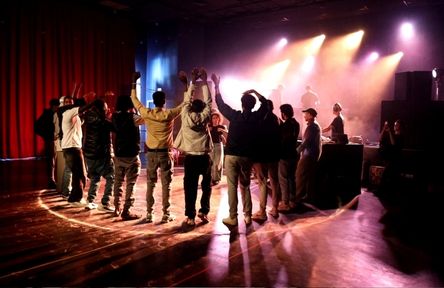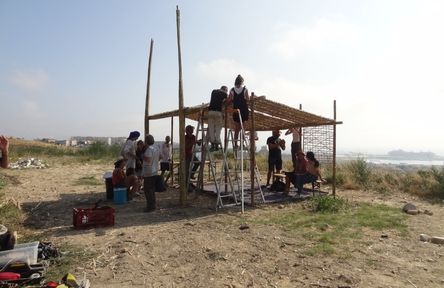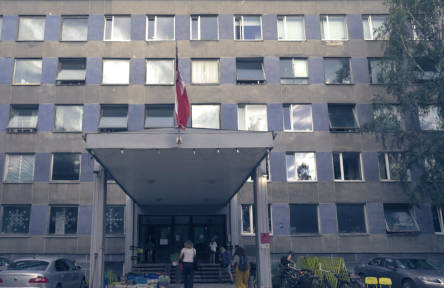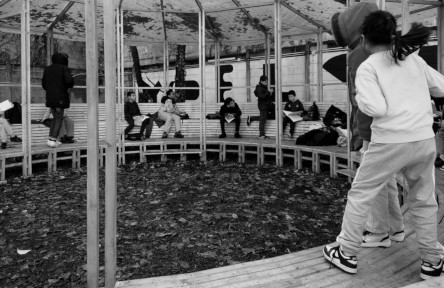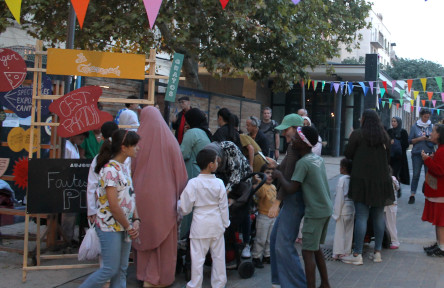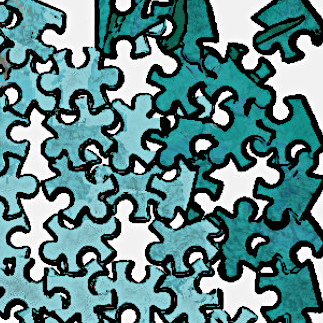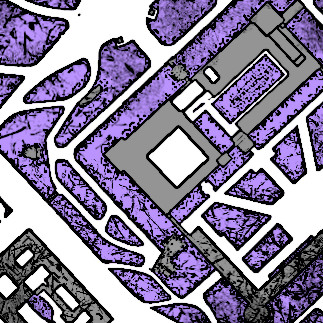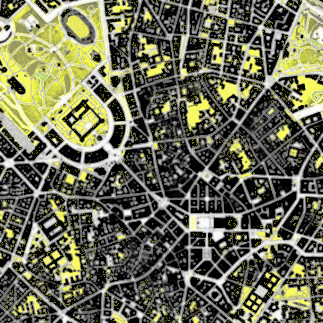Communities
The very idea of the Common is based on the principle that a resource (a space, land, the water of a river) is enjoyed by a group of people, who organize themselves to manage access to it in a non-privatist manner.
The community, in relation to a Common, cannot therefore be defined as a closed group, but rather in its tension to create a shared horizon of meaning and a sharing of practices.
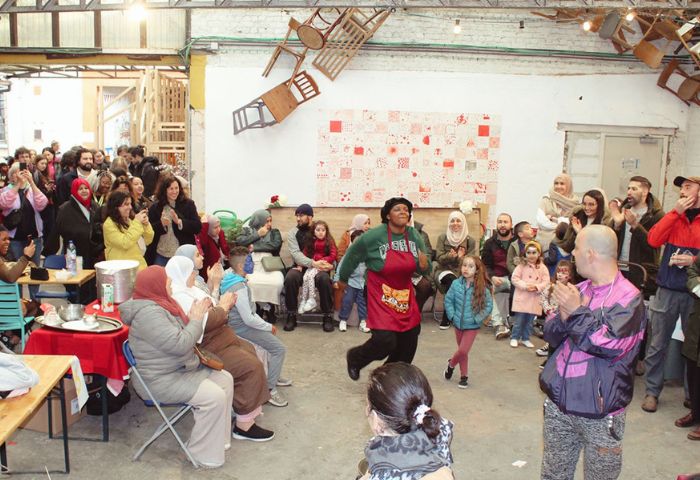
Communities can be organised in various ways. Generally, the realities that define themselves as Common provide for a high degree of horizontality in their functioning, declining the line between formality and informality in different ways, also with regard to legal structures. Sometimes this leads to misunderstandings with institutional actors, who struggle to recognise the value of such fluid organisations. If this tension towards horizontality is a value shared by almost all organisations that call themselves Common, we can identify two different models, with different hybrid forms in between. In some cases we observe the presence of an associative, cooperative or private entity, which takes social and political responsibility for management and carries out community organising. These are non-profit realities, which nevertheless understand their activity as social work. In other situations we see a model marked by self-management, which rejects the disproportion of power resulting from the professionalisation of management roles.
Often large spaces are used by groups, collectives, subjectivities already organised in a formal or informal way. It is therefore a question of harmonising the participation of these "sub-communities" in a larger community, with the awareness that certain asymmetries and differences in positioning can create inequalities in fruition.
Certainly, the variety of identities and specific skills that arise from the diversity of an ecosystem of communities can lead to unexpected encounters and promote interaction between people with very different profiles.
Commons are spaces where it’s possible to cultivate social dynamics based on non-competitive collective interests, with a focus on mutualistic and solidarity initiatives. Solidarity can be expressed in various ways, starting with the unmet needs of people inside or outside the community of reference. This leads to the creation of very different relational maps: in more structured realities, there is often a very strong separation between a group of people who voluntarily or professionally act in solidarity towards a group of beneficiaries living in disadvantaged conditions. Other collective realities tend to work on this line of division between those who act in solidarity and those who benefit from it, in order to create more horizontal and inclusive mutualistic dynamics.
A concept that is often evoked to trace a difference with respect to social realities more based on market logic is that of care, understood as a form of responsibility towards spaces and people, starting from the effort to recognise individual and collective fragilities. This concept derives from feminist thought, which has acknowledged how everything related to relationships and care work is often invisible and devalued because it is considered non-productive. In many collective realities, however, attempts are made to recognise this aspect as a fundamental dimension of being together.
